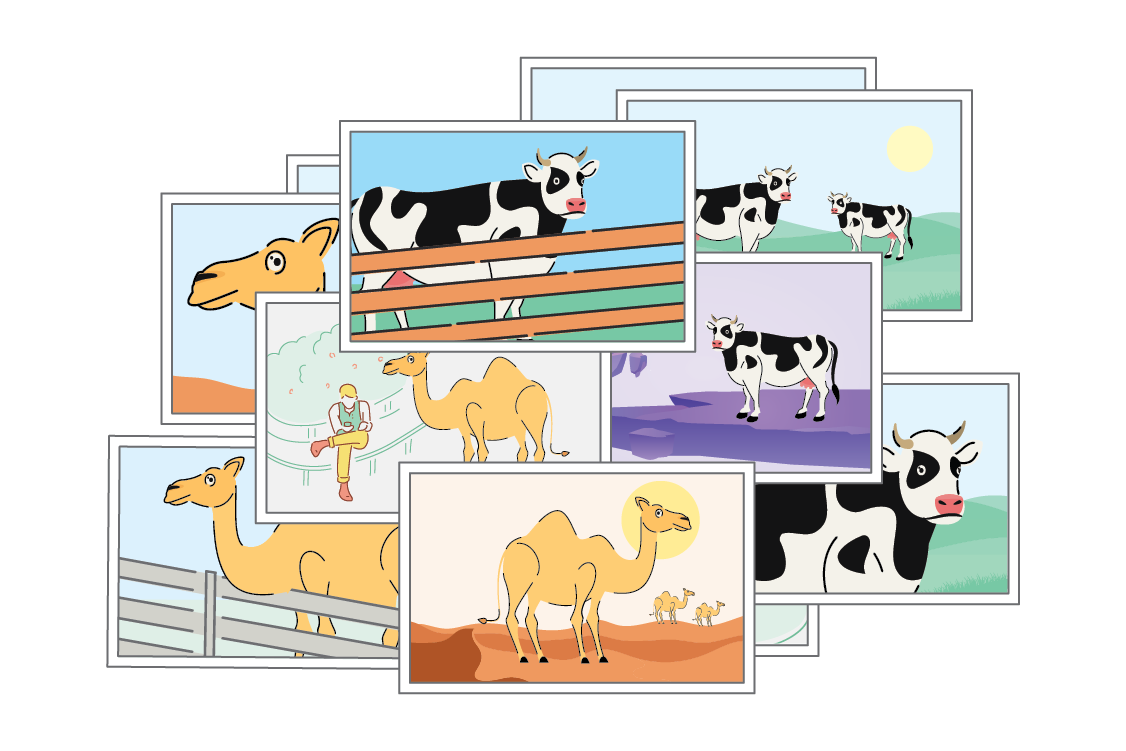From Causal Graphs to Causal Invariance
Pointing out the very well written report Causality for Machine Learning recently published by Cloudera's Fast Forward Labs. Nisha Muktewar and Chris Wallace must have put a lot of work into this. This report stands out because they have a complete section about Causal Invariance and they neatly summarizes the purpose of our own Invariant Risk Minimization with beautiful experimental results.
For many problems, it’s difficult to even attempt drawing a causal graph. While structural causal models provide a complete framework for causal inference, it is often hard to encode known physical laws (such as Newton’s gravitation, or the ideal gas law) as causal graphs. In familiar machine learning territory, how does one model the causal relationships between individual pixels and a target prediction? This is one of the motivating questions behind the paper Invariant Risk Minimization (IRM). In place of structured graphs, the authors elevate invariance to the defining feature of causality.

